Common names: brown long-eared bat
Scientific name: Plecotus auritus
Family: Vespertilionidae
Diet: moths, earwigs, flies, spiders and beetles
Predators: birds of prey and domestic cats
Origin: native
Known as the 'whispering' bat for its almost silent echolocation noises, this little bat's huge ears make it an expert woodland insect hunter.
Common names: brown long-eared bat
Scientific name: Plecotus auritus
Family: Vespertilionidae
Diet: moths, earwigs, flies, spiders and beetles
Predators: birds of prey and domestic cats
Origin: native
As the name suggests, a brown long-eared bat's signature characteristic is its big ears which are almost as long as its body. When resting, it rolls its ears back or hides them underneath its wings.
It is a medium-sized bat, growing to around 8cm in length, including ears. It has light grey-brown fur and a pale underside.
Not to be confused with: the grey long-eared bat which is much rarer. Those look similar to the brown long-eared but are larger and grey in colour, with a darker face.
This bat's diet consists of invertebrates like moths, earwigs, flies and beetles. They glide slowly when they hunt, diving low to forage for insects.
They eat small prey mid-flight, but take bigger prey to a perch where they eat upside-down.
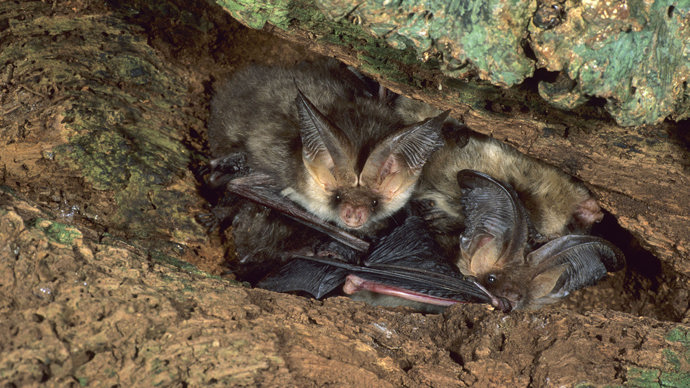
Credit: David Chapman / Alamy Stock Photo
Mating happens during the autumn, but bats can delay their pregnancies until they gather in maternity roosts in the spring. These maternity roosts can have groups of up to 30 pregnant bats. Unlike other bat species, male long-eared bats join the maternity roosts.
Bat pups are born from late June to July and become independent after six weeks.
These bats hibernate during winter, usually between November and April. They tend to spend the winters hidden away in tunnels, caves and mines.
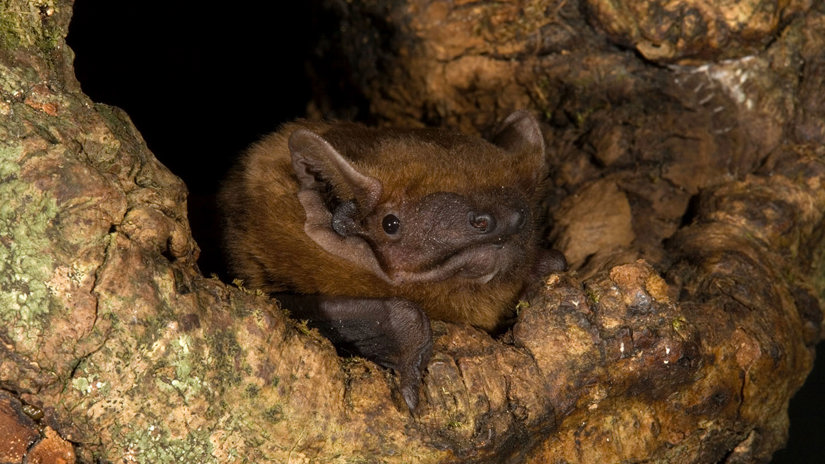
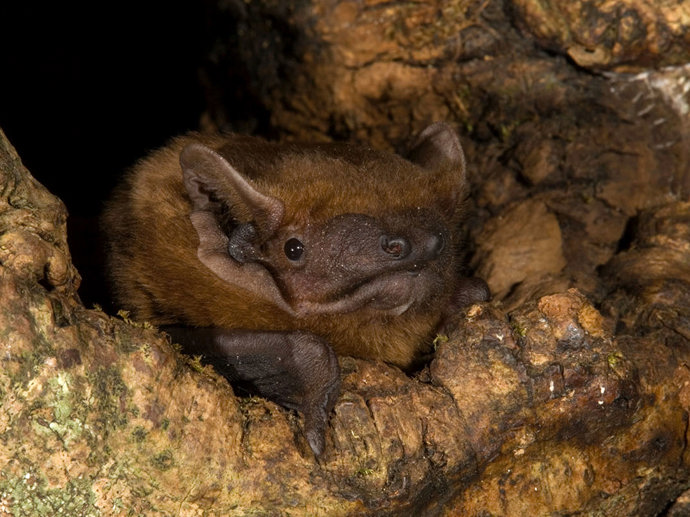
Joe Bates • 03 Dec 2018
What do British bats do when winter is coming? Find out more about six UK bat species and what you can do to help them.
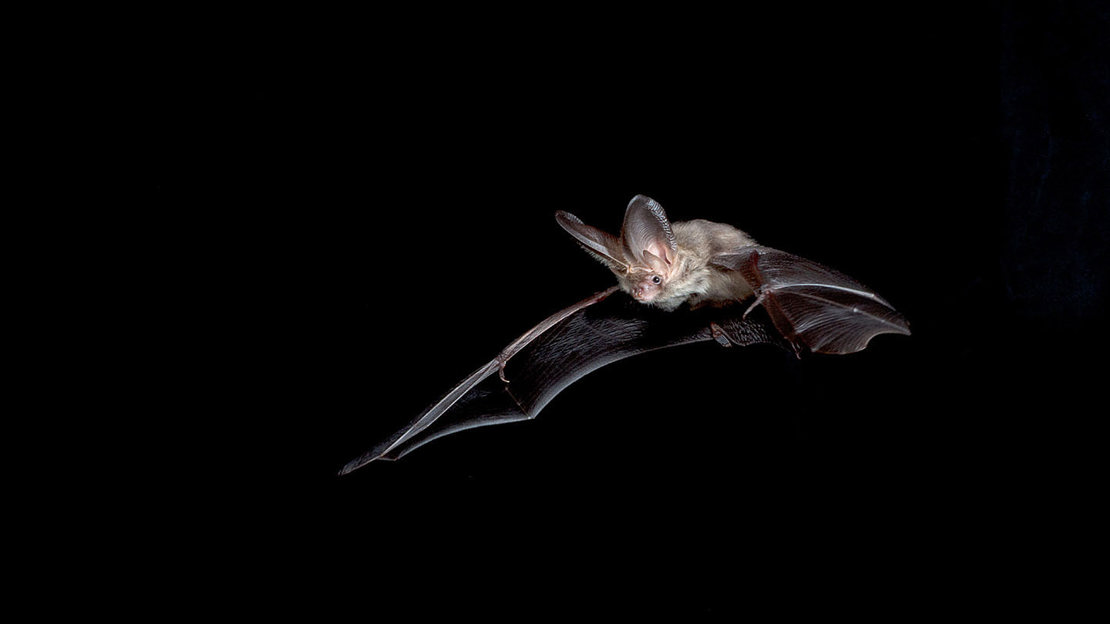
Found across the UK, the brown long-eared bat prefers light woodland. It also visits gardens in its search for food, but it avoids built-up areas.
It typically roosts in trees, but also in attics and old buildings.
Brown long-eared bats swoop very low to the ground and might even land to eat large prey.
The best time to see a brown long-eared bat is after sunset, when they leave their roosts to hunt. They usually follow linear features like streams, fences and hedges, and fly a bit slower than other bats.
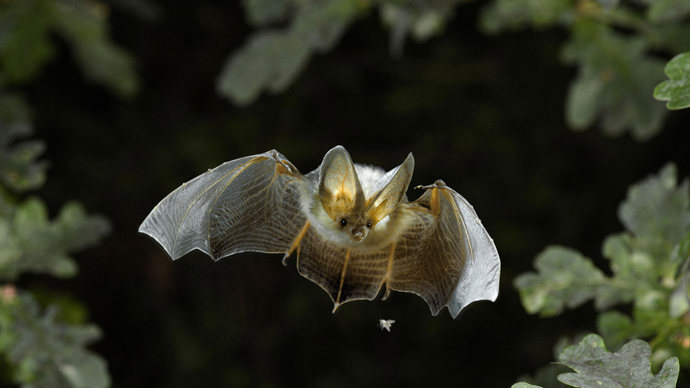
Credit: Owen Newman Nature Photographers Ltd. / Alamy Stock Photo
Brown long-eared bats are one of the most common bats in the UK, but we don't know whether their numbers are on the up or down.
We do know that they are threatened by loss of their woodland habitats, which deprives bats of roost sites and hunting grounds.
All species of bat in the UK are protected by law which means it is illegal to disturb, injure or kill them.
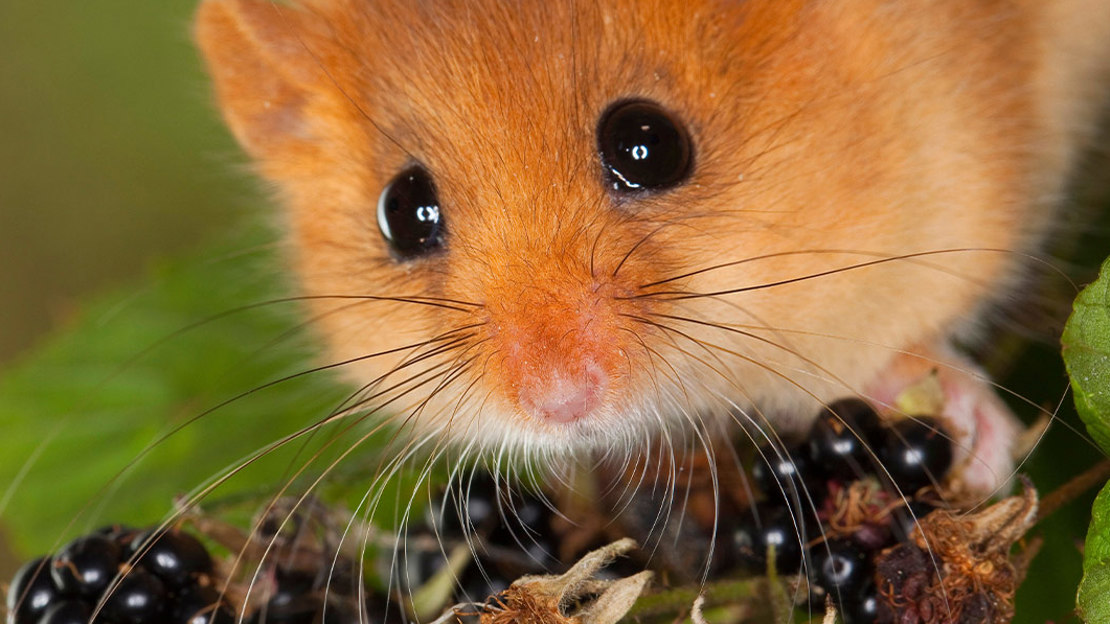
Woodland wildlife is fading before our eyes. Please support our appeal to save rare and threatened species.
Donate now